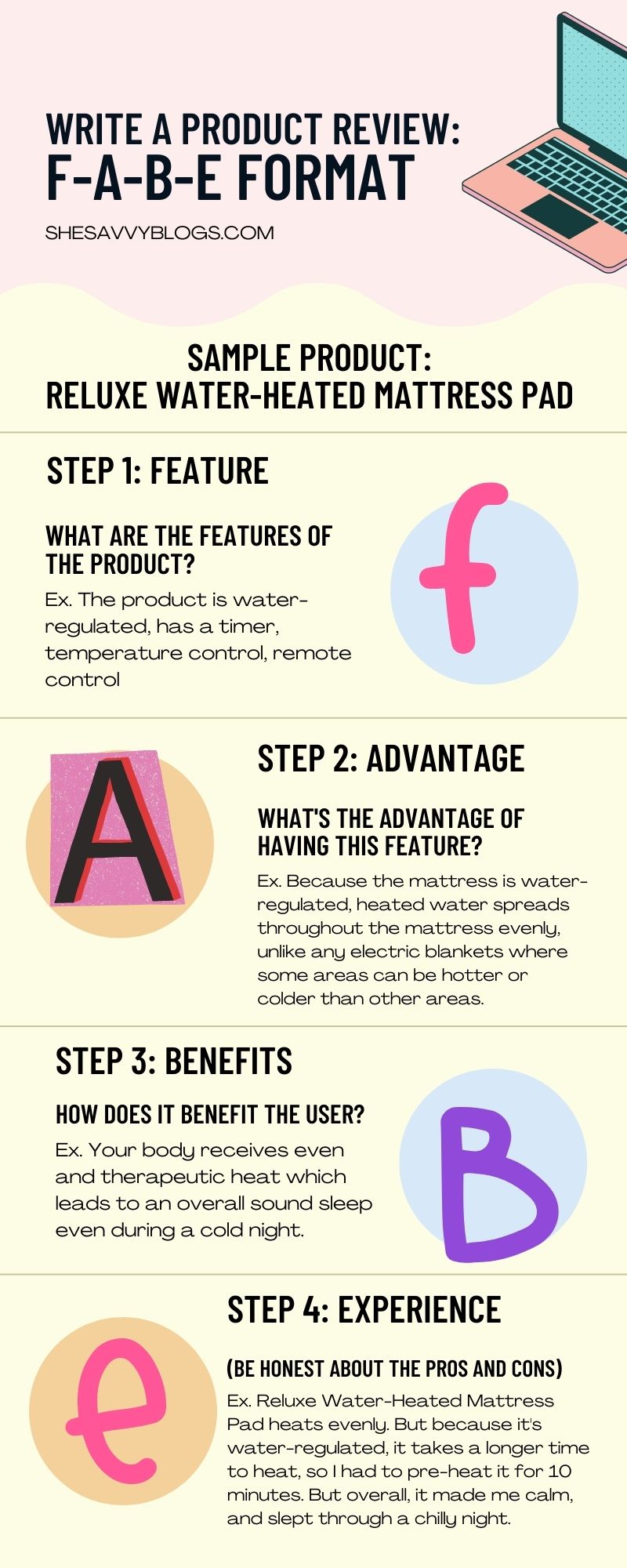*This post may contain affiliate links. That means I may earn a small commission from qualifying purchases or sign-ups at certainly no additional cost to you! Thanks!*
A few years ago, I definitely wished I was a charismatic salesperson who effortlessly convinces customers with just a flick of a finger.
Unfortunately, being shy and introverted? You bet I wasn’t.
I sucked at selling things (especially in real life) and was too afraid people would think I was ripping them off.
Selling was a no-no for me.
But after years of swallowing up fear and doing affiliates (with numerous trials and errors), here’s what I learned:
Quality content, strategic affiliate placements, along with confidence make the difference between a thousand-dollar affiliate earner and someone who earns cents.
We must remember that affiliate marketing is a working and profitable business model. We only need to ride the waves.
It’s proven to rake in hundreds to even thousands of monthly passive income for those who are serious with it.
Now, how do you use affiliate links on your website and increase your sales?
With these 6 tweaks on strategy and techniques, you won’t have to settle with a few cents and 1-2 clicks a day.

How to Promote Affiliate Links on Website Effectively: 6 Must-Do Tips
What are the affiliate link best practices you should do? Here are the best strategies and tips you can do!
1. Sell every link.
Let’s start off with the mistake many bloggers make;
To keep their writing flow (and thinking they’d be less salesy), most bloggers would link a word or phrase on their post without even explaining what it is about.
Here’s one example:
“I value my time and use a planner to manage it efficiently”
But in the sentence above, the link could be Wikipedia, Amazon, or a random link to another website. Who knows?
Why would my reader even click on it?
It’s pretty uninteresting and is easily overlooked.
That said, don’t randomly link products to your texts. Instead, be proactive in selling them.
Here’s what to do instead. Rewrite your sentences in a more compelling and intriguing way. You may change the first example into this:
“I value my time. Among the many planners I have used, I find this one really helpful for efficient time management.”
Gives your affiliate link some weight, right?
In the revised sentence, you’re telling your readers the situation, which product helped you, and why you’re suggesting it. You showed your readers an overview of where they’ll be directed after clicking the link.
Instead of adding a whacking amount of links on your blog post (that would hardly get any clicks), giving the product a quick spotlight is a better affiliate marketing strategy.
2. Disclose your affiliation.
Some affiliate marketers have a reputation for fraudulent and scammy advertising.
Others even go the extra mile to hide that they’re promoting an affiliate link for fear of sounding too “salesy.”
I do get the feeling.
When I started affiliate marketing, you bet I leaned on the too-shy-to-sell-products side and feared that my readers think I was after the money.
But actually, not disclosing your affiliation leads to even more wariness and distrust among your readers.
Readers pick up on shady promotions quickly.
But on the other hand, openly writing about your intentions builds more trust between you and the reader.
That’s why FTC gave a guideline requiring every affiliate marketer to disclose their affiliation.
If you’re promoting affiliate links on your website (or other platforms), you must provide a clear and highly visible disclosure statement.
Place them before the content or before the link to avoid any deceptive advertising.
Here’s how to add automatic affiliate disclosure on your WordPress site.
3. The products you promote must live up to the promises.
You don’t want a product ruining your reputation.
Just imagine hyping up a product, only to disappoint your readers because your promises were nowhere close to the user’s experience.
Sadly, these types of marketers are for the money but not customer satisfaction.
Not knowing your product at all is a formula for disastrous, failing marketing.
One important piece of advice — only advertise products you genuinely believe in or have intensively researched.
- Is the product’s landing page credible?
- Do customers give positive feedback?
- What are the pros and cons of this product?
As much as possible, get your hands on the product and share your personal experience with the readers. Or at least check a considerable amount of other people’s online reviews.
Check the ins and outs to ensure it won’t stain your credibility.
4. Go in-depth about the product.
When crafting a product review, remember that searchers don’t need surface-level descriptions. They can easily look it on Amazon or on the company’s website, anyway.
Rather, they need to learn about your experience, the cons, and confirmations about the product’s reliability.
Let’s say you’re writing a product-focused blog post.
The formula I use when writing product reviews is the F-A-B-E format. Here’s how the flow goes:
Sample Product: Reluxe Water-Heated Mattress Pad
F for Features
- What are the features of the product? List down the primary features mentioned in the product description. Better yet, mention the unwritten features that you personally observed. Your readers will love that extra detail.
Ex. The product is water-regulated, has a timer, temperature control, remote control
A for Advantages
- What are the advantages of each feature? It’s a “so-what?” follow-up. How is a water-regulated mattress better than an electric one? What good could it be if your heating pad has a timer?
Ex. Because the mattress is water-regulated, heated water spreads throughout the mattress evenly, unlike any electric blankets where some areas can be hotter or colder than other areas.
B for Benefits
- This is another follow-up to the product’s advantages. How does an evenly heated water mattress benefit the user?
Ex. Your body receives evenly distrubuted warmth which leads to sound sleep and maximized therapeutic effects.
E for Experience.
- Does the product deliver its promises based on your experience? Give several pros and a maximum of 2 cons. Readers understand that not all products are perfect so don’t try to overhype your review. An overly praised product is… err,,. suspicious.
Ex. Reluxe Water-Heated Mattress Pad heats evenly. But because it’s water-regulated, it takes a longer time to heat, so I had to pre-heat it for 10 minutes. But overall, it made me calm, and slept through a chilly night.

Again, customers will smell your sales talk from a mile away, so don’t try to go overhyped.
Share the product’s underlying defects or ruses.
Include recommendations about what to do about the cons, or better yet, suggest a more suitable product. They would appreciate your honesty.
5. Keep the affiliate links relevant to the topic.
You see, people don’t hate ads. They dislike irrelevant ads.
When your content focuses on the “home gardening” niche, it wouldn’t make sense to promote gaming gadgets.
Your goal should be to help your readers with what they’re truly searching for.
When I was new to blogging, I wrote a post circling around quarter-life crisis. In high hopes to monetize the blog, I inserted my favorite book — a time management guide.
But digging deeper, it was like, why would someone dealing with social, career, and personal anxiety be interested in my favorite time management book? Ahh, stupid me.
That’s why we have to keep our products relevant to your readers.
In addition, ad banners are great visuals for affiliate promotions, too.
However, a study shows that people could undergo “banner blindness” where readers go on a page without remembering a single advertisement.
To avoid banner blindness on the reader’s end, here’s an affiliate marketing tip: add an informational text about the banner.
Readers may miss the banners, but adding an explanation wouldn’t go unnoticed, especially when you provide quality content.
Use ad banners (at a limit) to maximize your affiliate ad visibility.
6. Write helpful content.
This is the most effective affiliate marketing strategy out of all the listed above.
If you want to sell your potential consumers a product, you have to get their attention first.
And how do you capture their attention?
You need to provide helpful and info-packed content that actually helps!
People think pageviews are an incredible metric for affiliate sales. But did you know that 55% of people who click on websites spend only 15 seconds (or fewer) on a page?
So before you aim for sales, show them proof that your recommendations are worth the shot by giving them valuable information first.
Want to keep your reader hooked on your blog? Here are some blogging tips to improve reader engagement.
These are the ways to advertise affiliate links on website that can increase your blog earnings.
Happy blogging!
You may also like:
- How to Monetize a Lifestyle Blog (And How to Succeed with It)
- 9 Reasons Why No one is Reading Your Blog (And What to Do About It!)
- 5 Ways to Monetize a Blog Without Google AdSense

